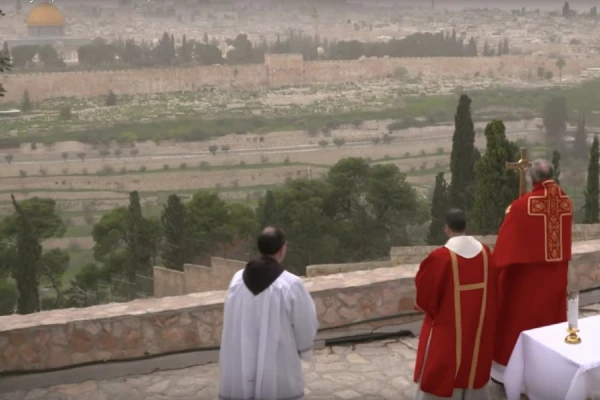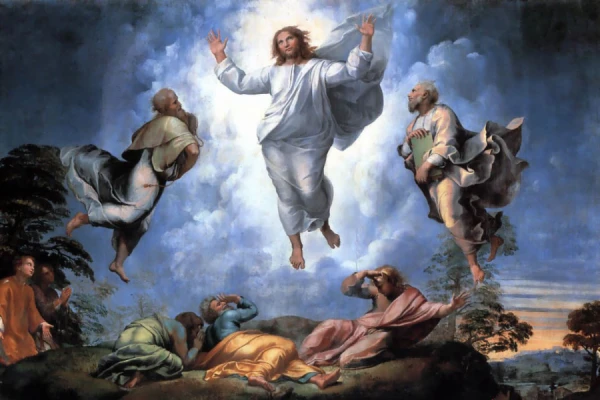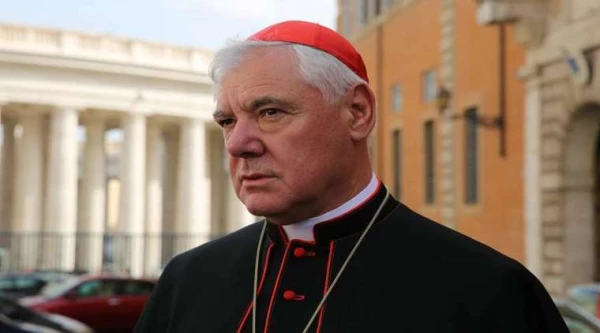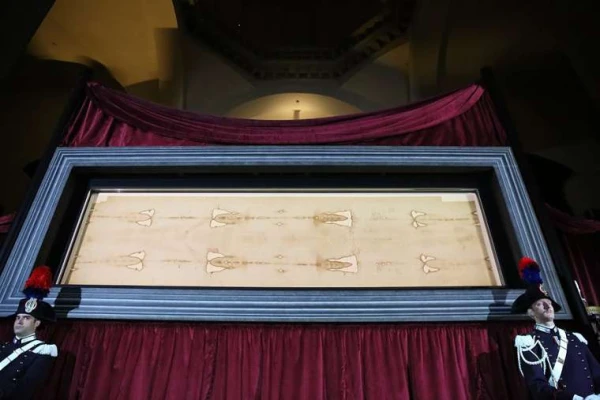
Colombian archbishop removes from ministry 15 priests accused of sexual abuse

Villavicencio, Colombia, Apr 7, 2020 / 12:00 am (CNA).- The president of the Colombian bishops’ conference, Óscar Urbina, suspended 15 priests of his archdiocese from ministry who have been accused of sexual abuse. Other jurisdictions in the country have removed four other priests.
Archbishop Óscar Urbina of Villavicencio told Colombian media that the accused priests represent 15% of the city’s priests.
The priests are accused of committing sexual abuse in Colombia, Italy and the United States, Caracol Radio reported.
Fr. Carlos Villabón, communications director and chancellor for the archdiocese of Villavicencio, told ACI Prensa, CNA’s Spanish language news partner, that the 15 priests were suspended while a canonical investigation proceeds at the Vatican.
“On March 16, 2020 these 15 priests were notified after a preliminary investigation was carried out. They are neither convicted nor acquitted by this suspension, only asked to relinquish their parish duties, cease celebrating the Eucharist and cease their ministerial service while the complete investigation is conducted,” the priest explained.
The results of the preliminary investigation “are now being sent to the Congregation for the Doctrine of the Faith at the Vatican, and there they will determine the gravity of the facts and what the Church calls a penal canonical process will be conducted,” Villabón said.
“It’s unknown how much time the canonical process will take, but the idea is that it proceed as quickly as possible, considering that in Italy and in many parts of the world there’s a quarantine because of the coronavirus,” the communications director added.
Caracol Radio published a list of the 19 priests, but Villabón told ACI Prensa that the archdiocese would neither confirm nor deny the names reported.
“According to a witness under protection by the prosecutor’s office, the 19 priests apparently formed a network of abusers, Caracol Radio reported.
In an April 3 statement, the archdiocese of Villavicencio announced that an accusation was received Feb. 14, 2020 concerning “acts against sexual morality by some priests of this archdiocese.”
“Having as a priority the alleged victim, we expressed to him our deep pain and solidarity and have offered him psychological and spiritual accompaniment. We reaffirm our commitment to act with clarity and transparency for his good and that of the Church,” the statement said.
Following the protocols of the Archdiocesan Commission for the Protection of Minors, once the abuse was reported, the regional prosecutor’s office was notified and “we made ourselves completely available to cooperate in the investigations taking place in this case,” the statement said.
The archdiocese said that it has taken steps “to eradicate the terrible evil of abuse within and outside our institution. We ask to be informed of any situations where one of our members has finally betrayed his vocation of service and dedication to the Lord and the community.”
A version of this story was first reported by ACI Prensa, CNA’s Spanish-language news partner. It has been translated and adapted by CNA.






